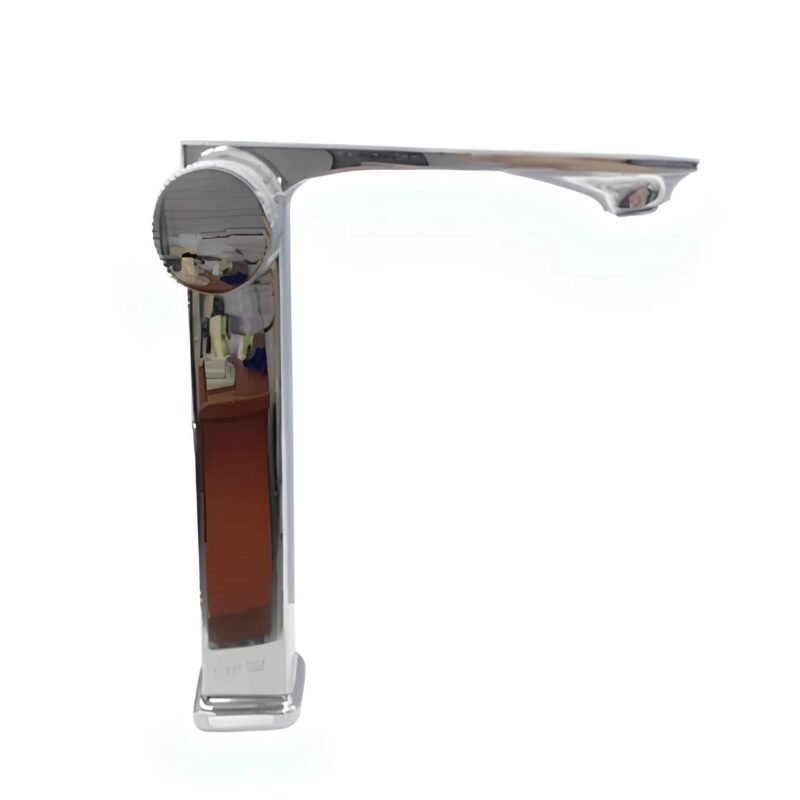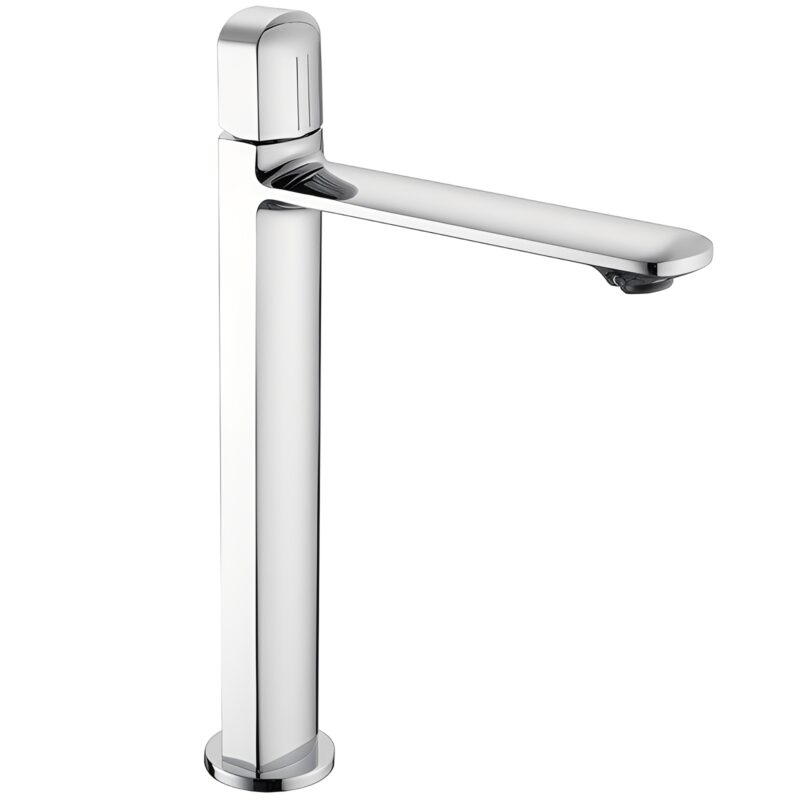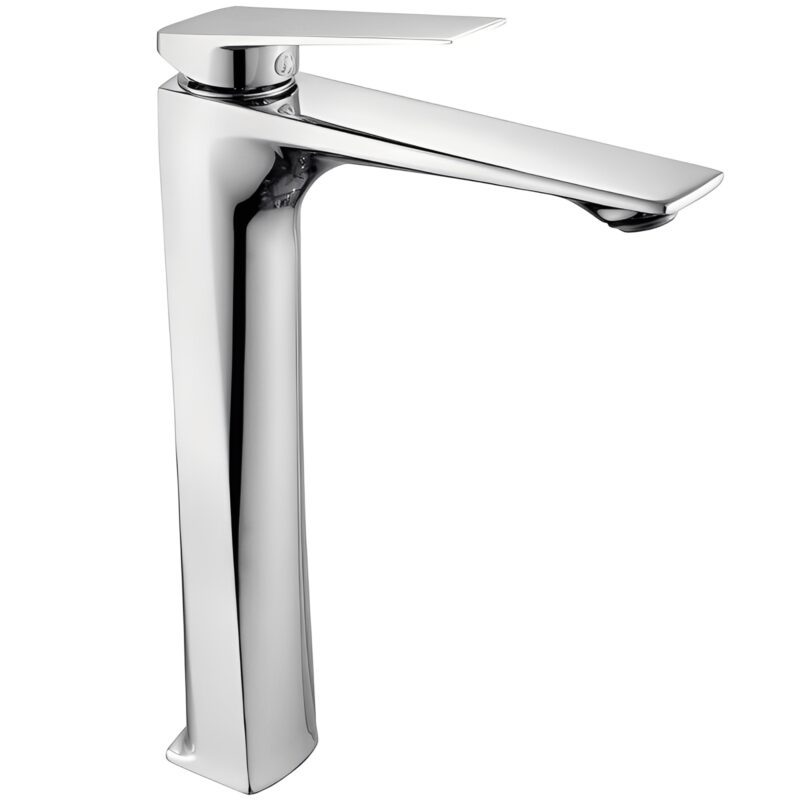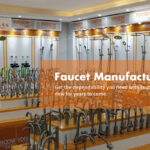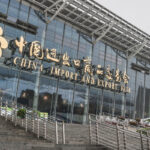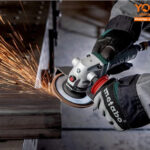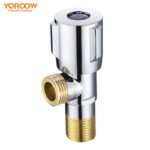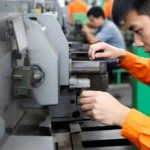The angle pattern steam stop valve is a valve designed specifically for high-temperature steam pipelines, widely used in industrial steam equipment and heating systems, primarily for cutting off or regulating steam flow. These valves are made from high-temperature durable materials like bronze and stainless steel, produced by Chinese faucet factories through advanced casting processes and rigorous quality control to ensure they meet the stringent requirements of the global industrial market.
Maintenance of the angle pattern steam stop valve is crucial as it directly impacts the valve’s lifespan and system stability. Firstly, regularly inspect the sealing performance of the valve, especially between the valve core and valve seat, to prevent steam leakage caused by wear or corrosion, replacing damaged components promptly if necessary.
Secondly, given the valve operates in high-temperature environments, routinely checking the integrity of the valve body and connections is critical. Regularly inspect for cracks or deformation to prevent safety hazards due to prolonged exposure to high temperature and pressure. Any signs of damage should lead to immediate repair or replacement.
Additionally, lubrication maintenance is essential, especially for frequently operated valves. Apply high-temperature resistant grease to valve stems, threads, and other moving parts to reduce friction and ensure smooth operation.
When angle pattern steam stop valves are exposed to high-temperature steam for extended periods, scale or other deposits may accumulate, affecting valve performance. Regularly dismantle and clean the valves, removing internal deposits and inspecting internal components for wear, which significantly enhances operational efficiency and extends valve life.
Finally, the angle pattern steam stop valves produced by Chinese faucet factories have gained global market acclaim for their high-quality materials and meticulous craftsmanship. Proper routine maintenance and care not only prolong the valve’s life but also improve the safety and economic efficiency of industrial production.
